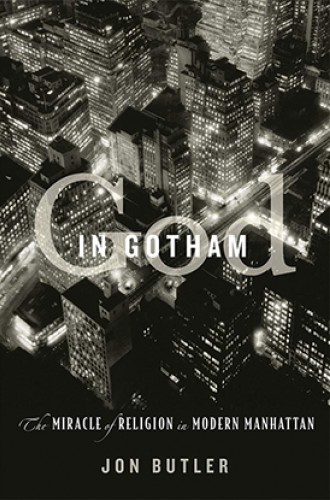When religion thrived in New York
Jon Butler’s dazzling study of faith and practice in a 20th-century metropolis
At first glance, the theme of religion in modern Manhattan might seem discouraging. Through much of the last century, evangelicals and conservative Christians were at best suspicious of the threats to faith and morality in the burgeoning metropolis, and some preachers denounced it savagely. Antiurban passions were acutely expressed in the temperance and Prohibition movements. But as Jon Butler demonstrates in his dazzling study of faith and its practice in the city between 1880 and 1960, religious life of all kinds was vibrantly alive in Sodom on the Hudson.
How could it have been otherwise? Gotham was a city of immigrants who found support and solace not in government but in popular institutions. Above all, that meant churches and synagogues. Populations that might not have been terribly religious in their home countries became legendarily pious in the New World. Religion became fundamental to identity and scarcely separable from culture and ethnicity. Urban Catholics never asked which section of the city a new acquaintance lived in; instead they inquired, “So, what’s your parish?”
This is the metropolitan society that Butler portrays in such loving detail. He is especially good on how religion shaped the urban landscape. Building activity was intense throughout the period, and Butler has much to say about religion’s encounter with art and architecture in this soaring capital of modernity and modernism. With all the new building and decoration, the opportunities for patronage and commissions were mouthwatering.






